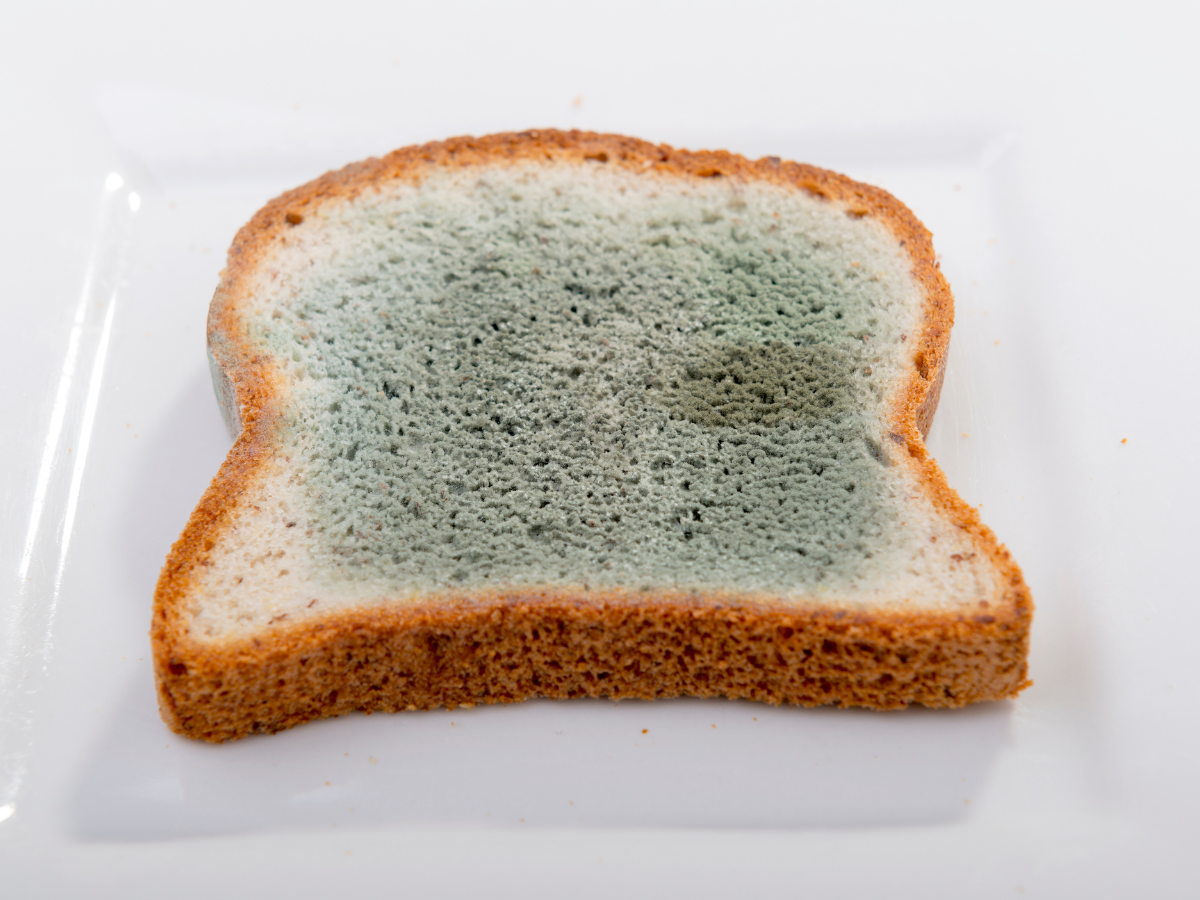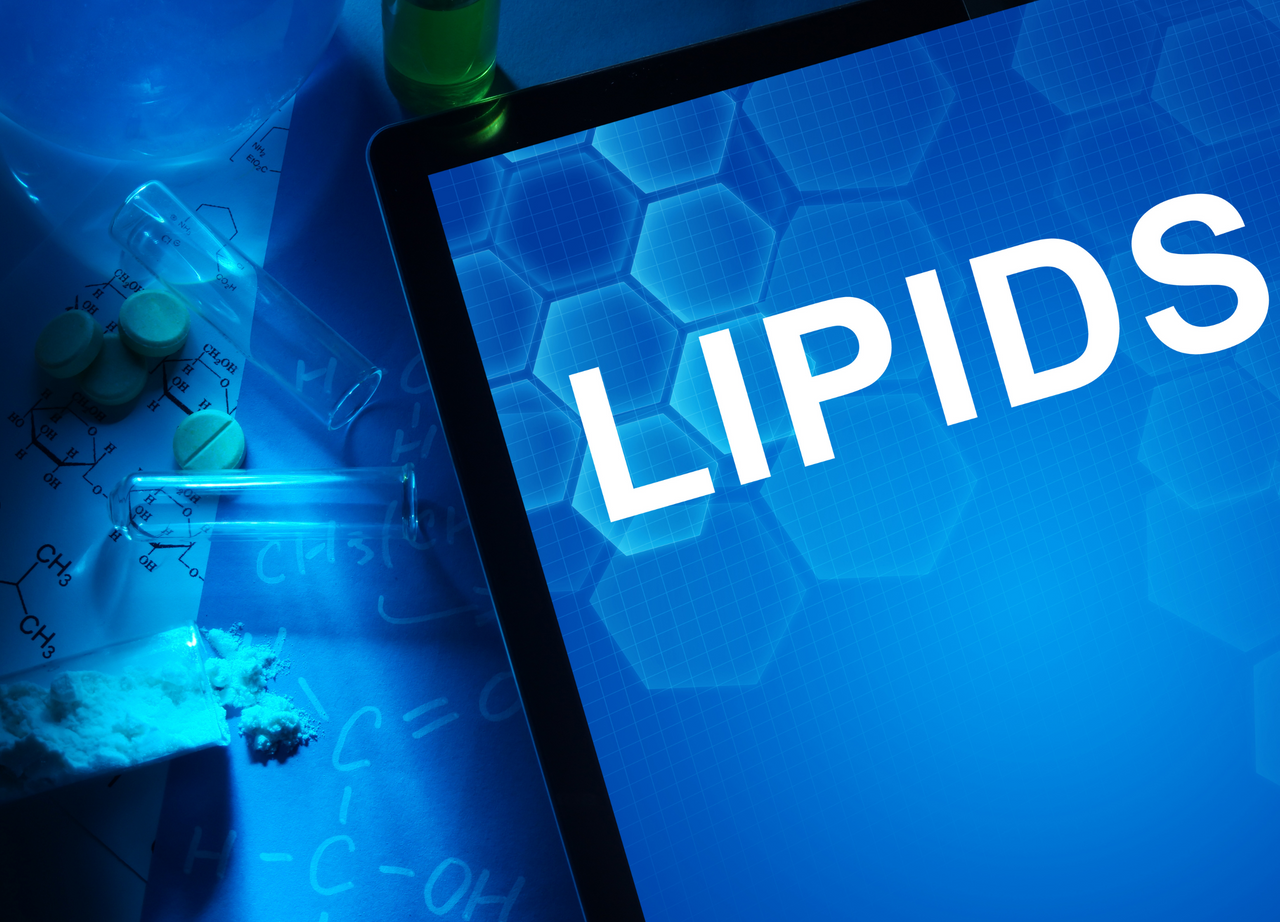Mold- How Bad Is It?
A couple of weeks back, we already wrote about mold. Since it’s Mold Awareness Month, we thought it’s only appropriate to explore the topic a bit deeper. The Environmental Protection Agency (EPA) observes each September as Mold Awareness Month. They do this in the hope to raise awareness of the many health adverse effects associated with exposure to mold and mold spores.

Molds are part of the natural environment and are found everywhere. When molds begin growing inside, they can have a negative impact on indoor air quality, which can affect health. Avoiding exposure to mold is the first line of defense for people with a mold allergy. The American Academy of Allergy, Asthma, and Immunology advises that people with the allergy avoid raking leaves and stay away from uncut fields. Taking a shower after spending time outdoors will remove mold spores from the hair.
Poor Indoor Air Quality
The U.S. Environmental Protection Agency (EPA) estimates that 50 percent of schools in the country have problems tied to poor indoor air quality. In many cases, this condition is linked to mold growth in buildings. Mold is a serious health risk to people living with respiratory health issues. This summer we had record high temperatures and humidity across the country. These are the perfect conditions for the propagation of mold.
Mold needs four things in order to grow:
- food,
- water,
- oxygen, and
- temperature between 41 and 104 degrees.
It is nearly impossible to eliminate the potential for molds and mold spores to enter an environment unless you control these four elements.
Mold Is Literally Everywhere
There is always a little mold everywhere – in the air and on most surfaces. Particular molds are toxigenic, indicating they can produce toxins. Hazards presented by molds that may produce mycotoxins should be considered the same as other common molds which can grow in your house. Not all fungi produce mycotoxins and even those that do will not do so under all surface or environmental conditions. Mold growth, which often looks like spots, can be many different colors and can smell musty.
Is Black Mold Really The Worst Kind Of Mold?
There is a commonly held belief that black mold — sometimes called toxic mold — can cause serious health problems because it produces mycotoxins. Mycotoxins are toxic substances that some fungi produce. Color is not an indication of how dangerous a mold may be. Any mold should be removed and the moisture source that helped it grow should be removed. There is no one type of mold called “black mold” — in fact, many molds are black. Most time when people use this term, they probably refer to a type of mold called Stachybotrys chartarum (S. chartarum), also known as Stachybotrys atra. The Centers for Disease Control and Prevention (CDC) state that there is no real need to absolutely correctly identify which type of mold is growing in your home or another building. You just need to get rid of it, whatever the type of it is infecting your home.
Symptoms Of Exposure To Mold
People who are most at risk of the symptoms of mold exposure are:
- older adults
- people with allergies or asthma
- infants and children
- people with compromised immune systems
The main health risks related to mold exposure are allergies and irritation, which typically cause respiratory symptoms. People with compromised immune systems may also have a risk of fungal infection. Some research suggests that mycotoxins have a link to serious health problems in people who live in contaminated buildings.
One such health concern is mycotoxicosis — mold poisoning. Others include:
- body aches and pains
- headaches
- memory loss
- nosebleeds
- changes in mood
Many types of indoor mold, not just black mold, may cause health problems in some individuals.
Long-term exposure to high levels of mold in the home, however, can be unhealthy for any person.
Some Mold-Cleaning Tips
Never mix bleach with ammonia or other household cleaners. Mixing bleach with ammonia or other cleaning products will produce dangerous, toxic fumes.
Open windows and doors to provide air exchange. Wear non-porous gloves and protective eyewear.
You can do some basic cleaning on your own, but larger areas will probably need more professional help. Always follow the manufacturer’s instructions when using bleach or any other cleaning product.
If you have an extensive amount of mold and do not think you can clean it up on your own, you may want to contact a professional who has experience cleaning mold in buildings and homes.
The Centers for Disease Control, which also reports on mold, recommends keeping humidity levels as low as possible in the home, between 30-50%. When possible, people should use exhaust fans that vent outside the home for the kitchen and bathrooms. Clothes dryers should also vent outside the home.
Mold has a long history and a survival instinct that is almost unmatched in nature. But let’s keep mold outside by making sure that moisture is managed in our buildings.





